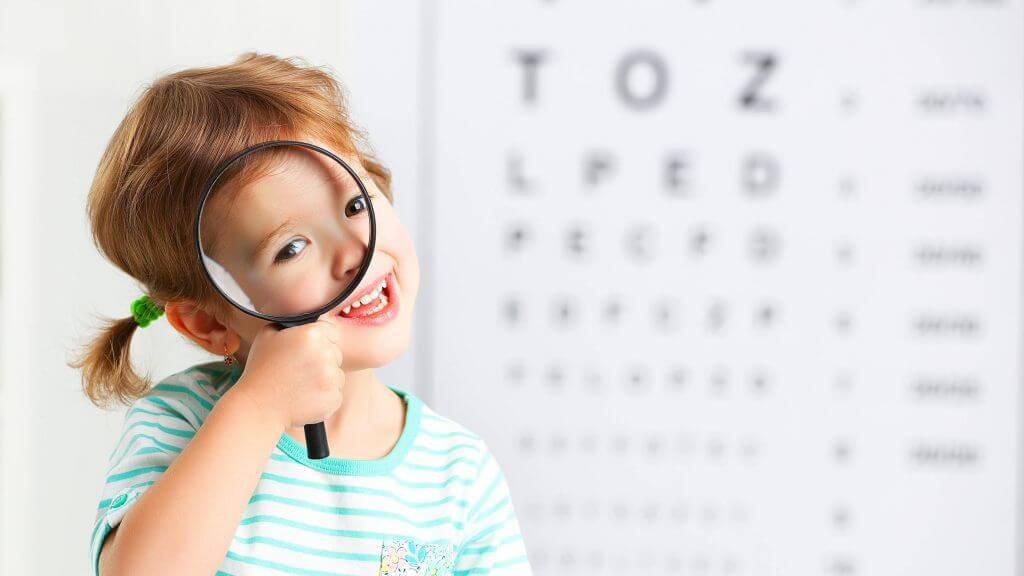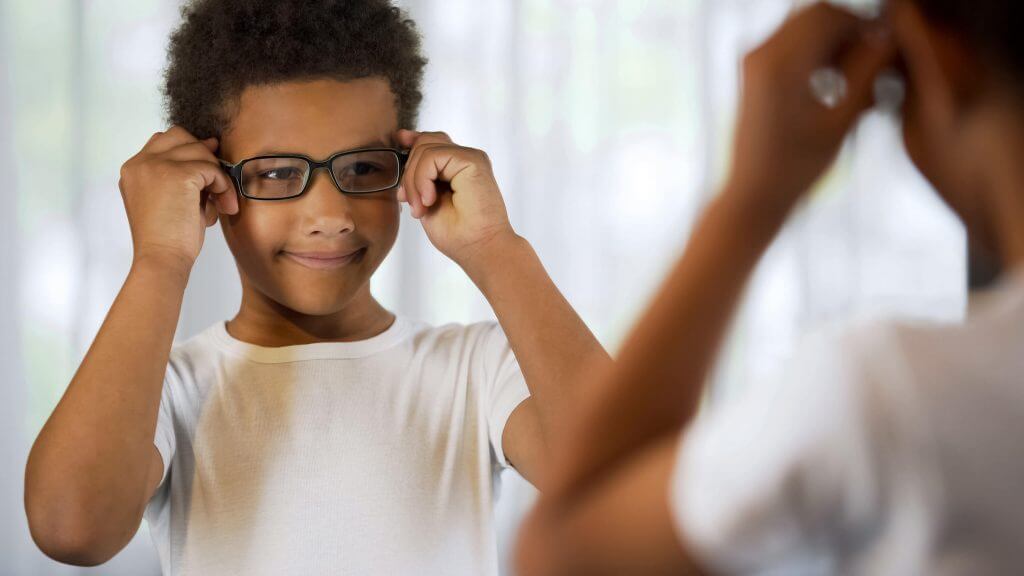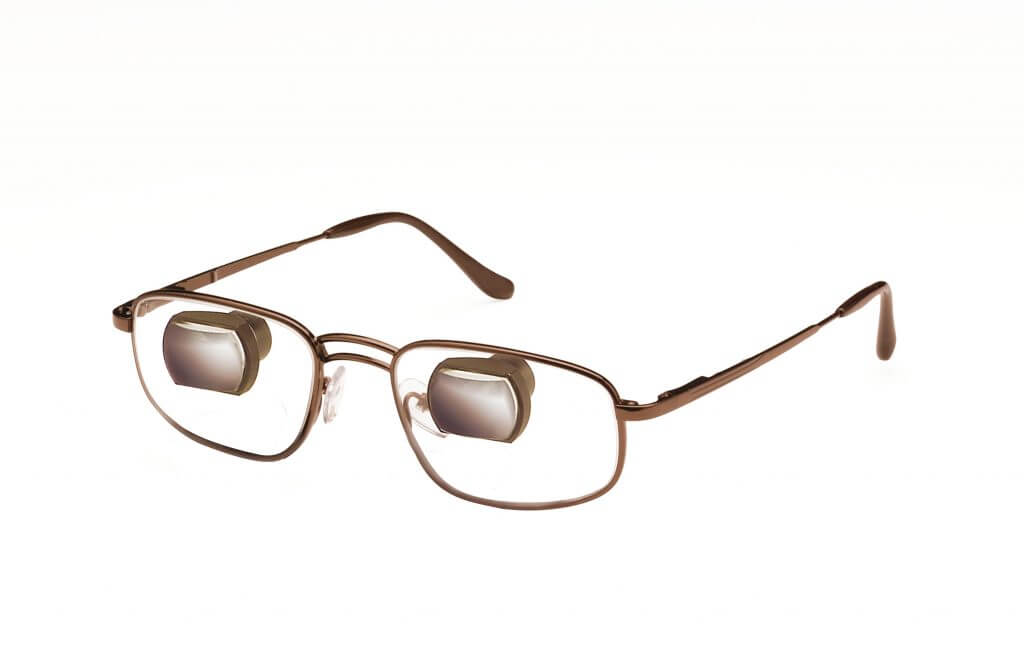

Providing a healthy, safe, and productive learning environment is key to having your child that is living with low vision become productive and independent. A valuable website for educators and family members is APH Resources. This is a free learning site for families and educators to learn how to teach and give low vision support to those with vision loss. The platform provides courses from birth all the way through high school for low vision, visually impaired and the blind. They have resources for Education, apps and a calendar of events and activities for those educating and those in need of low vision care.
Virtual Expanded Core Education Learning Academy for Students with Visual Impairments or ExCel Academy for short is an online academy for learning at home and has webinars and recorded tutorials ranging from Self awareness, voice lessons, reading and writing, Basic computer coding and family activities.
Living with low vision or a child who has low vision requires a good low vision support group or network. Family Connect is a great resource for parents of children with visual impairments. This site has lots of anecdotal stories and blogs of parents like yourself and give your low vision support group ideas for solutions to problems, fun activities for the kids and meet up groups for the kids to interact with others with similar disabilities.
Low vision specialists can help with the proper low vision aids to ensure the child is seeing everything within their abilities.
Occupational therapists can provide the training and solutions for daily activities and productivity in the home and school environments. There are many common household games that are made with large print so the kids can still play normal games with their siblings.
Along with their low vision care, children with low vision also tend to have learning problems. The American Disabilities Act entitles your child to a free and comprehensive education. However for your child to truly get the education they need it will require working closely with their teachers. Meet with them regularly and educate them on the extent of your child’s disability. Form a plan to make the appropriate accommodations in the classroom. Consult a learning specialist to ensure your child is getting the most out of their learning environment.

Being in a relationship with someone that has low vision has its own set of challenges. Learning when to help and when not to is the key to making it work.
Most people with disabilities don’t want to be pitied, They want to live as much of a normal life as they can. They don’t want to feel “less than” or like a burden to their partner. We as partners just want to take care of our loved ones but there is a fine line between being helpful and babying them. No one wants to be treated like a baby.
Navigating the waters of low vision care of a loved one can at times make you want to throw your hand up in the air. Some days your partner may want all the help you’ll give them and some days they won’t want any help. Expect this and learn to be patient. Learn to offer your help but don’t assume that why want it. Encourage them to learn new ways to adapt and to be independent. Develop a system of teamwork where they still have self worth and value in the relationship such as having them mow the lawn and you do the detailed trimming. Learn their limitations and help in subtle non overbearing ways, such as holding hands more when walking places just for a little extra security in navigating obstacles. If recognizing faces is an issue, avoid embarrassment by greeting people with their names.
There are so many cool devices available for the visually impaired now. As a partner to someone with low vision you can lighten the embarrassment of having to use such devices by taking an interest in how they work and the cool features they have. Ask to use their telescopes to spot something far off. Tell them you love playing with the large print games so you don’t have to wear your glasses. Make fun of yourself and your own flaws and learn to take life a little lighter. Do activities more suited to them such as outdoor activities that don’t require such detailed visual function. Be their low vision support just not their low vision crutch. Help them find the low vision resources they need to foster their own independence but don’t force them. Living with low vision isn’t the end of the world especially if you have a good support network and technology and resources at your disposal.


Being a Low Vision support advocate of an elderly person requires understanding the extent of their vision loss. Going with them to optometrist or ophthalmologist appointments is important so that you and your loved one understand their limitations. Knowing what they can and can’t see will help you to provide assistance and to help arrange their environment accordingly. Start by observing them in their home and surroundings. Do they struggle to see certain things, do they squint? Do they bump into objects around the house? Are they avoiding doing certain tasks or activities? Do they miss objects when reaching for them, and lastly are they falling or walking overly cautiously?
The most important thing you can give your loved one is hope. Many people that are living with low vision become very depressed when literally their world is closing in on them. They struggle to see their surroundings and become fearful of leaving their home or even sometimes their room where they are familiar with things. Once you both learn of all the low vision support and devices that are available and just how much independence they can still maintain it helps relieve some of the stress and depression. So first of all keep a positive attitude and educate yourself so you can share both with the person with vision loss. There is life after vision loss!
Good lighting will help so that all objects can be seen. Replace low wattage bulbs with higher wattage, brighter bulbs. Add night lights in areas of the house where it is poorly lit especially areas where there are stairs. If possible put reflective tape on the lip of each stair. Provide adjustable stand lights for near work tasks such as reading and sewing. Make sure this is white light such as an OTT light. Be mindful of circumstances where there is glare such as computer screens and outdoors. Glare screens and sunglasses are very helpful.
Make sure to use contrasting colors throughout the house. Anything that sits low on the floor should be in contrast to the floor itself. Use contrasting towels in the bathroom in relation to the actual bathroom. Dishes should contrast the countertops. Light switches and outlet covers should contrast the wall paint, etc. Put bright tape on the remote if the furniture is darkly colored. Have different colored cutting boards for cutting different foods, light boards for dark foods and visa versa.
Living with low vision means always being at higher risk of falling. Falling when you’re elderly can mean the end of your independence and everything spirally down from there. Great care as a low vision care advocate should be taken to minimize the risk around the house of falling. Start by decluttering, get rid of everything that is no longer used or needed especially if it’s on the floor. Get rid of rugs that could become tripping hazards. Encourage them to wear rubber soled slippers in the house if the floor can be slick, if the floor is slick consider putting non-slip tape or something on it in vulnerable areas such as areas where it may get wet.
Everything should have its place, if the house was already decluttered then only the necessities should remain as to not confuse the person. Cereal should have an exact place in the cupboard, if there are cereals that don’t get eaten get rid of them. There should be an exact spot to put the remote control when done watching TV and keys after driving etc. Everything should always be put away after use such as the vacuum. Keep cooking and cleaning supplies separate, the same should be done with things like super glue and makeup of eye drops. Clearly mark dials and medications, either with something tactile, contrasting colors or larger print. When organizing don’t assume that they can tell between two different items, if it can be of danger if two things get confused ask them if they can tell the difference. If not move or mark it differently.
Bigger is the key to almost everything when providing low vision care. Bigger TV’s, large print books, larger computer monitors, even large print keyboards. Low vision aids such as hand held magnifiers and telescope glasses that make everything viewed bigger will help tremendously. Bigger clocks, watches and phones. Even cell phones are available for the visually disabled with large buttons that also have braille on them. Even larger furniture or anything that may sit on the floor, making it easier to see and avoid bumping or tripping over.
Educate yourself and consult a low vision specialist about all the assistive devices available.
Leaving the home can be a frightening experience if your loved one isn’t prepared. But that can be minimized with good training and a little help. Low vision occupational therapists can help give them and you training in Orientation and mobility. Part of vision rehabilitation services is training in techniques to make travel as independent as possible. Teaching the visually impaired person to use the remaining vision they have as efficiently as possible and use other senses and devices to assist where needed. Such as a white cane. Service dogs can make travel so much safer and less stressful. Have them get familiar with and use certain routes consistently. Try to go to familiar places. Educate people such as bus drivers on the routes of their condition. Fold different denominations of money differently in their wallet to make it easy to tell the difference when paying for services. Make sure to have them carry their low vision devices needed for the specific outing they are going on.